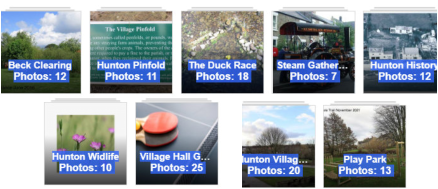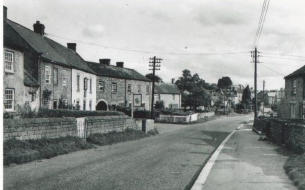
About Hunton
Mains water comes to Hunton (or not!)
Mains water supplies came late to villages in Wensleydale. In Hunton the village obtained water from communal pumps, including one near the present quoits pitch and one on the site of the village hall. Some properties had their own wells while others drew water from the village becks. None of these provided safe ‘drinking’ water. In the 1940s works were started to bring mains water to Hunton and we have copies of two newspaper articles which illustrate the difficulties in installing the essential infrastructure. A report on water supplies in the Leyburn area in the Darlington and Stockton Times, 6th January 1945, details a complaint from Coun. Smith of Hunton concerning the slow progress of the scheme with an ‘open drain about 100 yards in length’ presenting ‘a grave danger on the narrowest part of the road’. The following week, 13th January 1945, included a letter from the foreman of works R. Barnes in response to the earlier report. In it he pointed out that only three men were employed on the work two of whom were without proper lodgings and regular meals. The January weather meant they often had slush or water up to their knees. Hooliganism was a persistent problem. Danger lamps and rope fencing around the trench, protective timber and stones were all regularly thrown into the trench. The foreman ends his letter with ‘suggestions on how to fence the trench will be welcome’. What a sad reflection on the village of Hunton which provided poor hospitality to the men and was actively hindering their work. Mains water to Hunton was eventually supplied by the end of the decade.Hunton Village Gallery
Choose an Album, click images and use on screen arrows to scroll through selection.
double click to view larger photos


Hunton Village Gallery
Choose an Album, click images and use on screen arrows to scroll through selection. double click to view larger photos.
Gallery pages are best viewed by rotating mobile devices to landscape mode























